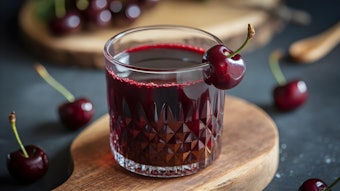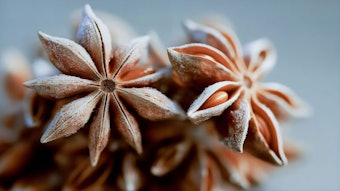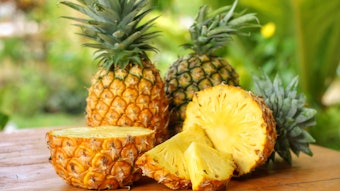Pesticide residues in citrus oils have been the subject of research since the 1960s. In 1967, Stevens reported the presence of between 1.5 and 20 ppm of organophosphorus pesticides in cold-pressed citrus oils produced in Florida and California. In 1969, Guenther recovered 6-10 ppm of residues in Iaboratory produced oils obtained from malathion-treated lemons and oranges, while commercial oils showed 12-450 ppm of parathion. Dupuis reported methidathion levels of 65 ppm in orange oils in 1975.
Until 1987, research on Italian citrus oils was limited to the findings of Leoni et al. Their analyses were carried out by gas chromatography with selective detectors for phosphorated compounds and with an electron-capture detector for chlorinated compounds, after a clean-up procedure that used solvent distribution and column chromatography. All the samples analyzed by Leoni et al. showed residues of ethyl parathion, methyl parathion and their derivatives. Furthermore, malathion was recovered in 52% of the oil samples, fenitrothion in 35% and phenthoate in 29%. It was found that the total organophosphorus pesticide residue levels ranged from 0.74 to 23.28 ppm.
The present work summarizes the results of the qualitative and quantitative analyses of organophosphorus and organochlorine pesticides in Italian citrus oils produced from 1983 to 1992.










